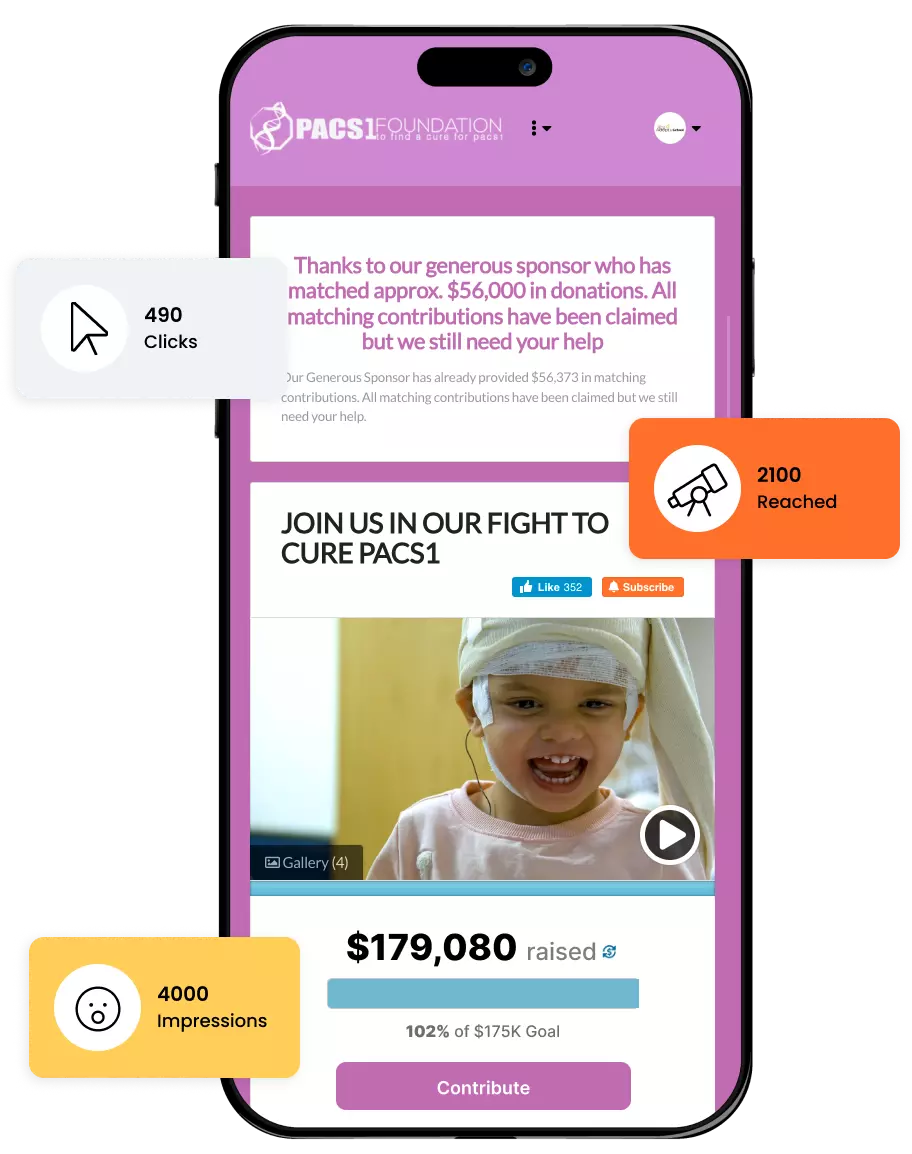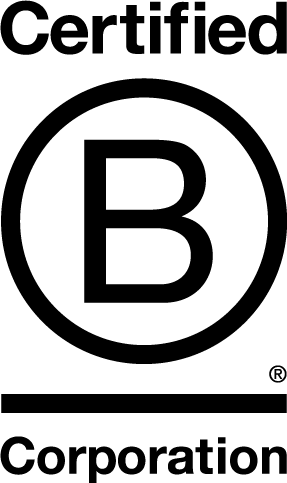We’ve compiled actionable and real-world advice for crafting a successful crowdfunding campaign, drawing insights from the extensive data of over 250,000 campaigns hosted on our platform.
Success Steps for Effective Fundraising for Nonprofits and Organizations
With FundRazr, you can learn and apply the most effective fundraising techniques to successfully raise funds for your organization.

What strategic goals does FundRazr help achieve your cause?
Simple, powerful tools and tailored guidance to create a cycle of consistent growth in support.

How to run a successful campaign: a practical algorithm for achieving your fundraising goal
Five foundational elements that influence your organizational success
Following these steps will help you build a solid foundation for any type of fundraising campaigns
- 1. Customize your look
- 2. Gather your fundraising team
- 3. Update & Engage
- 4. Plan, Create, Execute
- 5. Rally & Repeat
Customize your look
We designed FundRazr to showcase your brand. Attract supporters to your campaigns and profile by creatively making them your own, appealing to different types of people by utilizing different media (powerful storytelling, images, and videos).
Customizing your theme replaces FundRazr’s logo in the header and lets you change the header colour and font to match your website’s branding. You may also customize your campaign fonts, button colours, add navigation links, and more.
When writing about your organization in the profile, consider these points:
- A welcome or hello
- Description of who you are and where you’re located
- Mission statement/company motto
- Who/what does your organization support (i.e. who are the beneficiaries of the funds you raise), and how do you support them?
- Anything else you think is important for current and potential supporters to know

Gather your fundraising team
Organizational staff and volunteers can help manage and run your organization’s profile and campaigns. Each campaign can even have different teams running them!
Different roles allow for varying permissions, so you do not have to give over full control to multiple staff. Invite members to help manage finances, write campaign stories, promote to your networks, and answer questions.
We recommend the resources located in the Organizational Toolkit on our Fundraiser HUB for managing multiple campaigns and the staff or team members on each.

Update & Engage
You have a unique opportunity to communicate your organization’s impact to your supporters with FundRazr.
UPDATES posted to your campaign trigger a notification to all contributors and subscribers, letting them know to check out something new and amazing about this story they care about. Trust in your organization rises with each update about your project’s progress and insight into the activities that got you there. Plus, this is more shareable material for you and your supporters to pass along on social media channels and Amplify your message and brand awareness.
For more information on updating your campaign, check out this article on our Fundraiser HUB.
THANK YOUR SUPPORTERS for helping you with this project. You might be surprised how far a simple comment on their contribution in the campaign’s activity feed will go. You may even want to go as far as handwritten thank you’s to each contributor. This opens dialogue and Retains supporters, for they will keep following and supporting you in future campaigns and share this content and engagement with their communities to increase your following.

Plan, Create, Execute
As an organization, you may run as many different campaigns (in any type or layout) as you’d like. The art of managing multiple crowdfunding campaigns at once involves some simple planning.
- Plan your digital fundraising year to spread out income over multiple efforts rather than relying on a single large event.
- Engage supporters with impactful storytelling tools and Monetize the powerful emotional response you elicit.
- See our Campaign Success guide for tips on creating powerful, effective campaigns.
- Assign tasks to each campaign’s team members through the Task Centre to ensure accountability and to stay on track with each campaign.

Rally & Repeat
Consider different campaign types and templates to target different groups and provide different opportunities to engage your supporters. This Mobilizes your current supporters to join you in your mission, starting the cycle over again with a new crowd.
Different options include:
- A peer-to-peer event in the spring or summer
- Wishlist campaign for Giving Season
- Donation form driving monthly recurring contributions

Message from our team:
We know that digital fundraising is not easy. We understand the challenges of raising money online and reaching the larger community.
Here at FundRazr, we invest in building the fundraising tools and innovate the tactics that will help your cause be successful, but we also want to empower you with knowledge, shared wisdom and best practices.
We believe in you and your cause. You can always reach out to our team to discuss your project, develop a strategy or learn more about the latest fundraising tactics.
How to set up your organization
For In-Depth, Actionable Steps to Setting Up Your Organization with Success








